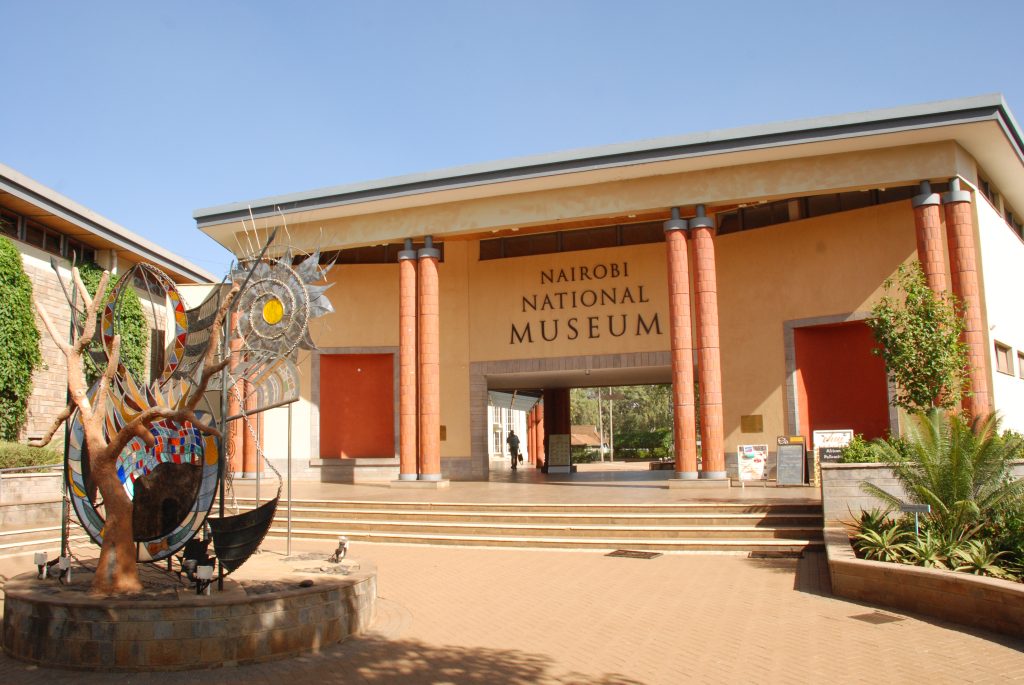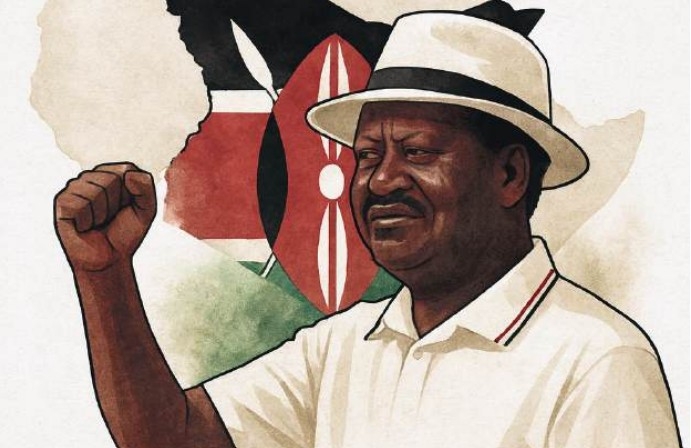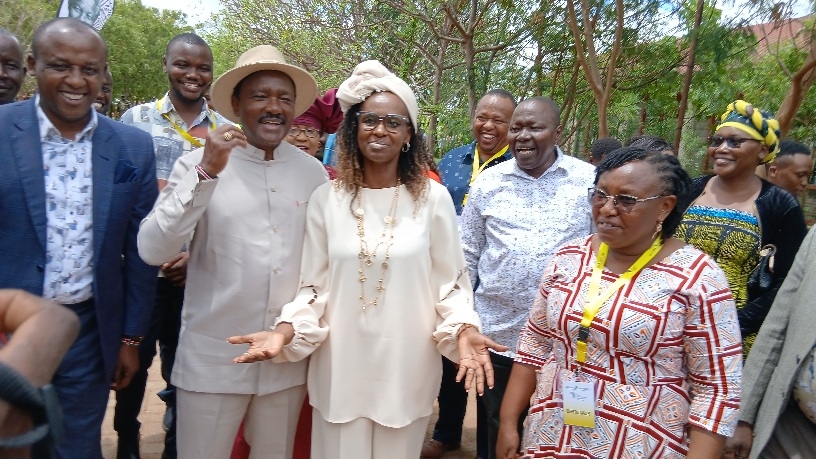
 The National Museums of Kenya headquarters in Nairobi.
The National Museums of Kenya headquarters in Nairobi. Imagine early humans crouched beside a riverbank nearly three million years ago, striking stones together to make sharp stone tools.
Around them, the world was in turmoil: rivers shifted course, fires swept through dry grasslands and long droughts turned the once green valleys into deserts.
Yet generation after generation, they kept crafting tools from stone, relying on skill, memory and shared knowledge to survive.
That persistence has now come to light in a remarkable discovery from Marsabit county.
A new study published in Nature Communications reveals that early humans living in the Turkana Basin maintained a consistent tradition of toolmaking for almost 300,000 years. That is longer than any dynasty, empire, or civilisation in recorded history.
The discovery, made at Namorotung’unan, an archaeological site on the eastern side of Lake Turkana which falls in Marsabit, offers one of the clearest windows yet into how our ancestors used technology to endure climate change.
“This site reveals an extraordinary story of behavioural flexibility and cultural continuity,” said lead author David Braun, professor of anthropology at George Washington University.
“What we’re seeing isn’t a one-off innovation—it’s a long-standing technological tradition.”
The Namorotung’unan site yielded 1,290 stone artifacts—from simple cores, flakes, to fragments—dating between 2.75 and 2.44 million years ago, the archaeologists said.
These tools belong to the Oldowan, humanity’s earliest known technology.
Most Oldowan sites capture only brief snapshots in time, but Namorotung’unan spans centuries upon centuries.
The study reports: “Namorotukunan provides evidence of tool-making behaviors spanning hundreds of thousands of years, offering a unique temporal perspective on technological stability.”
That means these early Kenyans kept using the same toolmaking methods for nearly 300,000 years.
“Their adaptable technology helped unlock new diets, including meat and marrow, turning hardship into a survival advantage,” Braun said.
To understand the world they lived in, the researchers examined everything from volcanic ash and magnetic patterns in rock layers to microscopic plant remains preserved in soil.
The results show that Turkana’s landscape changed dramatically between 2.8 and 2.4 million years ago.
Rainfall dropped, lakes shrank and what was once a lush wetland became a patchwork of dry grassland and scrub.
Fires became frequent and the once-fertile region grew arid. But these toolmakers stayed there instead of vanishing. They only adapted their skills to the changing environment, proof, the scientists say, of early human flexibility.
“Namorotukunan offers a rare geological lens into a changing world long gone—where shifting rivers, wildfires and aridification reshaped the landscape over and over,” said Dan Rolier of Utrecht University and the University of São Paulo.
“Yet despite these environmental challenges, early human ancestors were able to survive using their tool-making tradition.”
Three distinct layers of tools were unearthed, each linked to a different ancient river deposit. In one layer dated to about 2.6 million years ago, bones bearing cut marks show that early humans used their tools to butcher large animals—possibly scavenging meat and breaking bones to reach the nutrient-rich marrow inside.
The study notes, “Our findings suggest continuity in tool-making practices over time, with evidence of systematic selection of rock types.”
The discovery of Namorotung’unan shows the ancestors were already using technology to adapt to climate change, a challenge the world now faces.
This adaptability may have paved the way for the rise of Homo, the genus that includes modern humans.
Access to meat and marrow provided the energy needed for growing brains and complex social cooperation. In other words, every sharp-edged flake chipped from stone might have been a small step toward who we are today.
The discovery reinforces Kenya’s standing as the cradle of humankind. Fieldwork was carried out under the guidance of the National Museums of Kenya, with support from the Daasanach and Ileret communities who live around Lake Turkana.
It also fills a key gap in East Africa’s prehistoric timeline by linking the older, rougher Lomekwi tools (dated to 3.3 million years ago in West Turkana) with later, more refined Oldowan sites in Ethiopia and Tanzania.
Namorotung’unan shows that by 2.75 million years ago, humans already possessed reliable, transferable technology that could weather generations of change.




















